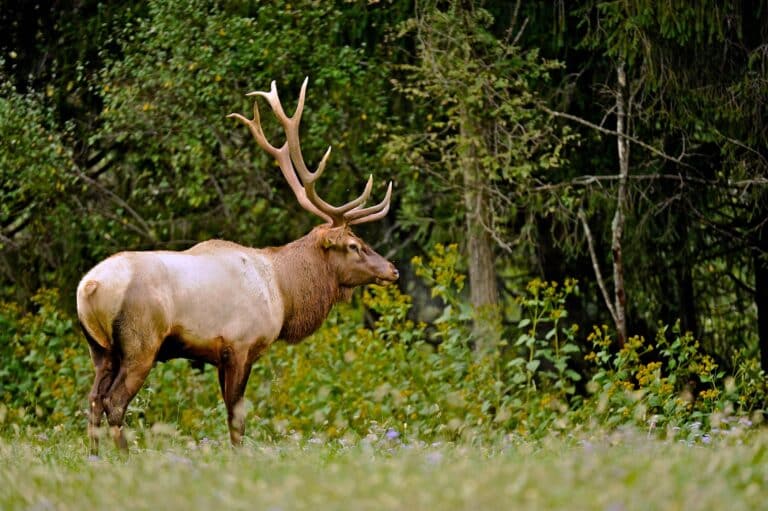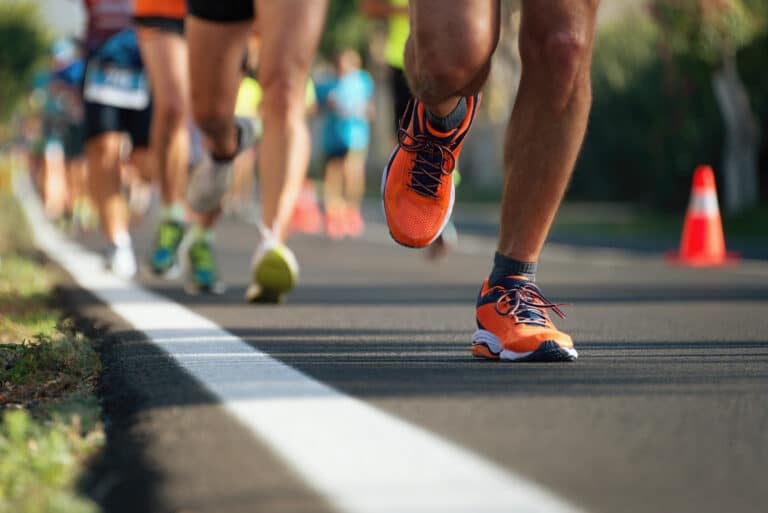by Anne Lundblad
In 1999, tired of the rat race that road running had become for me, I ran my first ultra. I had no idea what I was getting into. I had never read Ultrarunning Magazine and I had only met one ultra runner in my life. But it seemed like a good idea at the time, so I went for it.
The evening before the race, my husband and I showed up at the designated area – a state park visitor’s center. Expecting to see a sizeable crowd gathered for the event, I was surprised to find that there were only about eight of us there. That should have been my first clue. There was no entry fee, t-shirt, or information about aid stations. Rather, the race director stood in the darkness, shining his flashlight on a park map and giving us a rough idea where we’d be running the next day.
The whole thing seemed pretty loosely organized, but I figured that this must be the way ultras worked. After all, this was my first. I’m pretty certain that what happened next, however, was not typical. It began when a park ranger showed up and told us that we couldn’t camp in that area. After some animated discussion, a compromise was reached whereby we weren’t allowed to pitch tents but could sleep in our cars. This was before he realized that the race director was using a substance not really permitted in state parks—or anywhere else for that matter. The race director was hauled off for further questioning and eventually bailed out by one of the runners.
That should’ve been my second clue that this wasn’t your typical ultra.
After a fitful sleep in the back of my car, I awoke to several inches of snow on the ground and heavy flakes still falling. Being the naïve newbie, I thought that finally there would be an end to the madness and we could all go home. No, it turns out that in ultras, adverse weather conditions just add to the adventure. As I piled on every layer of clothing I had with me, another runner checked out my food and hydration supplies—one water bottle and a couple of packs of gel.
“Is that all you’re bringing?” he asked.
Nervously I noticed that everyone else was loaded down with Camelbaks, energy bars, even sandwiches. One runner proudly displayed one of those pecan log treats found at country convenience stores, saying, “I love these things – they have, like, 10,000 calories.” Apparently that’s a good thing when you’re venturing out for who-knows-how-many hours. Hmm, maybe I was going to like this ultra stuff after all.
After a couple of photos and a half-hearted “go,” we took off. A couple of hundred meters down the trail, we encountered our first hill. To my surprise, we walked it. Coming from a road racing background, this was a big no-no for me, but apparently not so in the ultra world. So I fell in step with the others and vowed to follow the leader and not do anything stupid. Somehow things didn’t quite work out that way, though, and a couple of hours later I found myself alone. By then, what had once been a trail (although I use the term loosely – the entire “course” seemed to be one giant exercise in bushwhacking) was covered with snow. I moved slowly, traversing boulders and fallen trees, all the while searching for signs of footprints.
Eventually I caught up with my competitors, whom I now viewed as teammates, fearing that my survival was dependent on them. I had run out of water and my one remaining gel was frozen solid. We moved as one through the wintry forest, chilled to the bone but still joking and having fun—until we arrived at the river. Normally, stream crossings don’t bother me, and I doubt that this crowd would’ve had any problems getting wet either. Unfortunately recent rains had swollen the normally calm stream to a raging river, complete with rapids.
We had a decision to make. The first (and only) aid station was just a few minutes past the river. We had to make it across to get to food and drink (and, I was thinking, to bail and bum a ride to the finish with my husband). After the most experienced among us, a veteran runner who had won many races and completed long distance speed hikes on the AT and other trails, determined that the river was uncrossable, we turned back and returned the way we had come.
At this point, I relaxed, knowing that a) I was going to survive after all, and b) we were all in this together and that deliciously fat-and-sugar laden pecan roll would be shared among us. For the next several hours I enjoyed the camaraderie and heard stories of other ultras, which, as it turns out, are not all quite as crazy as this had been. We arrived back at the start area six hours later, battered but breathing, tired but happy. Despite the travails, I was hooked. I’ve run lots of ultras since, but never one like that.
——————–
Anne Lundblad is a mom, college counselor, and world-class ultra runner living in Swannanoa, N.C.






